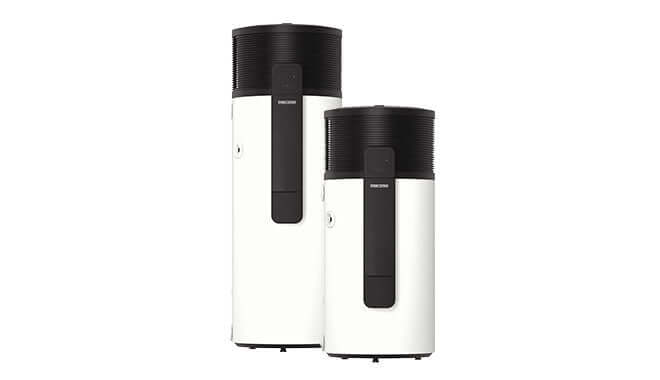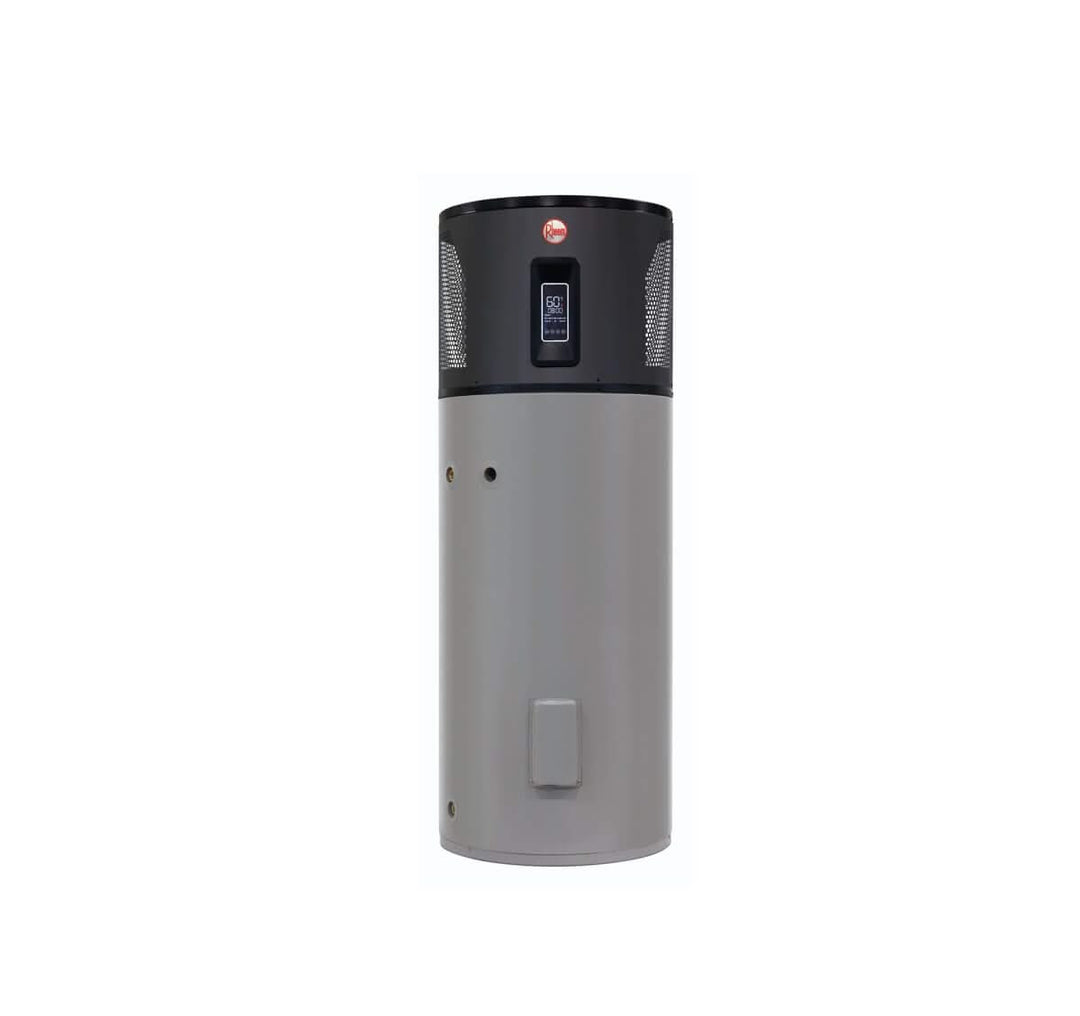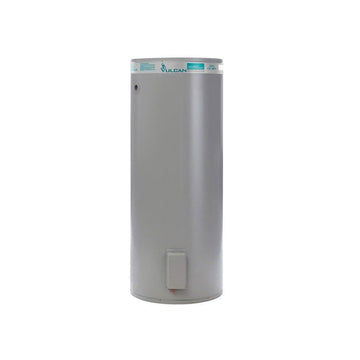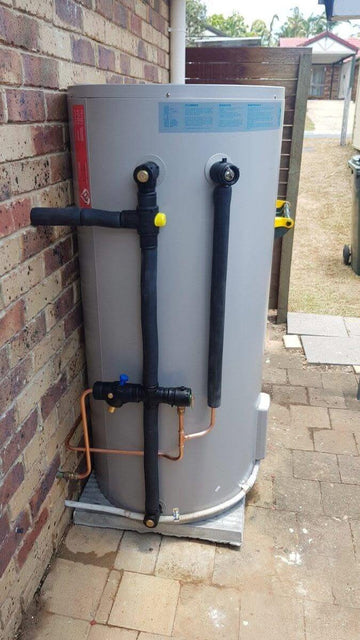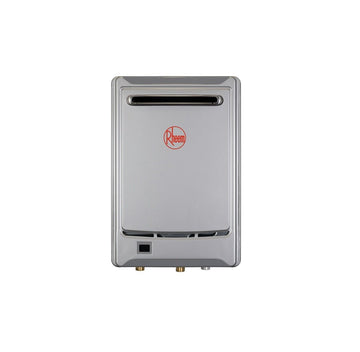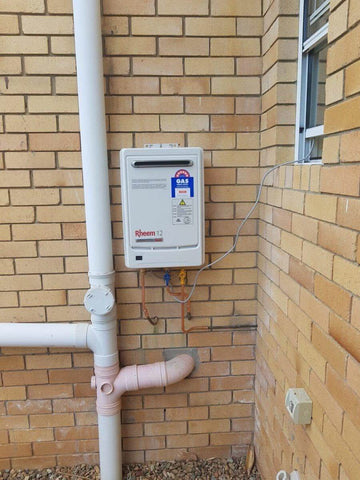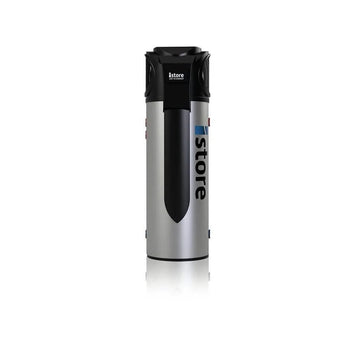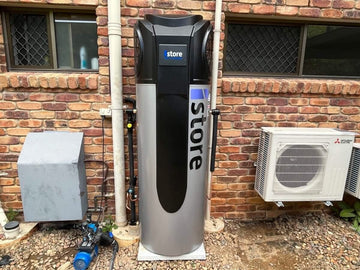How to Fix a Leaking Tap: Stop the Drip and Save Water
Tired of the drip, drip, drip? A leaking tap isn’t just annoying—it can waste thousands of litres of water each year and add up to big costs on your water bill. Thankfully, fixing a leaking tap is a quick DIY job when you know what to do. This guide walks you through everything step-by-step to stop the drip for good.
Need help? JR Gas & Water offers expert tap repairs and replacements across Brisbane and the Gold Coast.
💡 Key Takeaways
✅ Worn washers and O-rings are the most common causes
✅ You’ll need basic tools: wrench, screwdriver, replacement parts
✅ Follow 7 simple steps to fix the leak
✅ Prevent future issues with regular maintenance
✅ Call a plumber if the leak continues after repairs
🚰 Why Is My Tap Leaking? Common Causes
1. Worn-Out Washer or Jumper Valve
-
Symptoms: Drips from the spout even when the tap is off
-
Cause: Friction over time wears the washer down
2. Faulty O-Ring
-
Symptoms: Water around the base of the tap
-
Cause: A cracked or loose O-ring fails to seal properly
3. High Water Pressure
-
Symptoms: Taps leak even when tightly closed
-
Cause: Pressure pushes water past internal seals
Use a Puretec water filter or pressure-reducing valve to reduce strain on your fixtures.
4. Damaged Valve Seat
-
Symptoms: Water leaking from underneath the tap
-
Cause: Corrosion or mineral buildup on the valve seat
🧰 Tools You’ll Need
-
Adjustable wrench (or spanner)
-
Screwdriver
-
12mm tap washer
-
O-ring replacement
-
Plumber’s tape
-
Vinegar or descaler (optional for cleaning)
🔧 Step-by-Step Guide to Fixing a Leaky Tap
1️⃣ Turn Off the Water
-
Shut off water at the mains or under the sink
-
Flush the tap to drain water from the pipes
⚠️ Don’t skip this step—you’ll flood your sink if you do.
2️⃣ Remove the Tap Handle
-
Use a screwdriver to remove the handle screw
-
Pop off any cap covering the screw if needed
3️⃣ Unscrew the Tap Bonnet
-
Use your wrench to unscrew the metal bonnet
-
If it’s tight, wrap it in cloth to avoid scratches
4️⃣ Replace the Washer and Jumper Valve
-
Pull out the old washer
-
Fit the new 12mm tap washer
-
Replace jumper valve if worn
Pro Tip: A dab of plumber’s grease will help extend the life of the new washer.
5️⃣ Check and Replace the O-Ring
-
Leaking at the base?
-
Slide off the old O-ring and replace with a matching size
6️⃣ Reassemble the Tap
-
Reattach the bonnet and tighten gently
-
Screw the handle back in place
7️⃣ Turn the Water Back On
-
Open the shut-off valve
-
Test the tap—no leaks? You’ve nailed it! 🎉
🧪 Troubleshooting: Still Leaking?
-
Double-check that you replaced the washer and O-ring
-
Clean the valve seat with vinegar or a descaler
-
Still dripping? The seat may need regrinding or full replacement
Explore our electric hot water systems if your tap troubles extend to pressure or hot water inconsistencies.
📞 When to Call a Plumber
If you’ve replaced the parts and the leak continues, it’s time for a professional inspection. Common issues that require help:
-
Cracked valve seat
-
Faulty tap body
-
Leaking pipework behind the wall
-
System-wide water pressure problems
Need fast help? Contact JR Gas & Water for expert plumbing and tap repair services.
🔄 How to Prevent Future Tap Leaks
✅ Replace washers and O-rings every 2–5 years
✅ Keep your water pressure balanced
✅ Clean taps monthly to avoid buildup
✅ Fix small drips early before they worsen
✅ Summary: Stop That Tap from Dripping
-
Shut off water before starting
-
Replace worn washers and O-rings
-
Clean the valve seat
-
Test thoroughly after reassembly
-
Call a plumber if the problem persists
With a few basic tools and a little patience, you can stop the drip, save money, and protect your plumbing system.
❓ FAQs
How do I stop my tap from dripping?
Replace the washer and O-ring. If the problem continues, inspect the valve seat.
What tools do I need?
Wrench, screwdriver, plumber’s tape, new washer, O-ring.
Why does my tap still leak after replacing the washer?
Check the O-ring or valve seat for damage or corrosion.
How often should I replace my tap washer?
Every 2–5 years, depending on usage and water pressure.
When should I call a plumber?
If DIY repairs don’t work, or you suspect damage beyond the tap.


